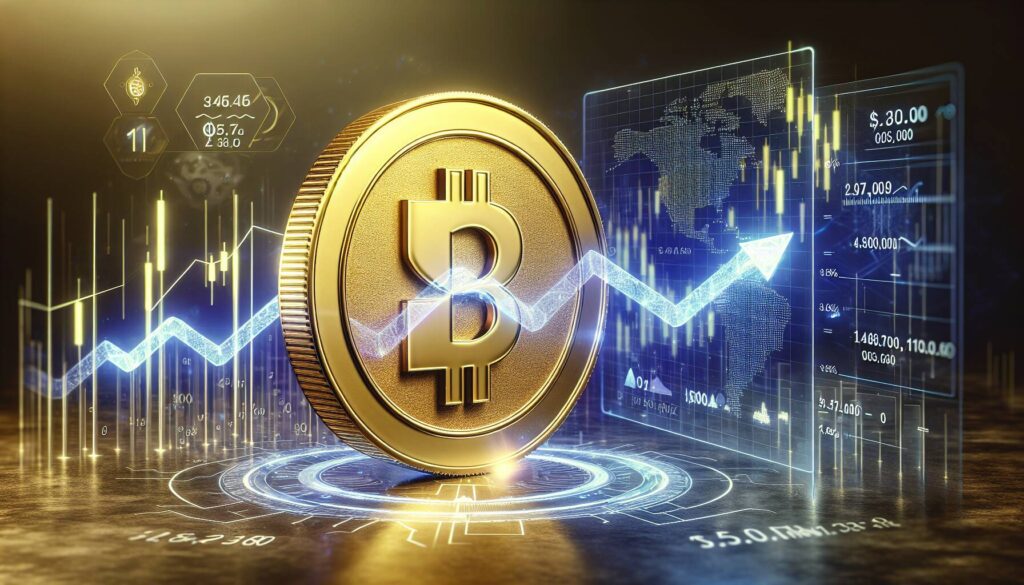The cryptocurrency landscape continues to shift as XRP, one of the leading digital assets, has recently reached a market capitalization of $157.6 billion. This places it in close competition with Binance Coin (BNB), which currently holds a market cap of $161 billion. This proximity in valuation underlines the dynamic nature of cryptocurrency markets, where fluctuations can happen in the blink of an eye.
In recent weeks, XRP has gained significant attention, driven by various factors including regulatory developments and market sentiment, contributing to its upward trajectory.
As investors keep a keen eye on these developments, the competition between XRP and BNB exemplifies the evolving and unpredictable character of the cryptocurrency ecosystem. Such tight market caps not only reflect individual asset performance but also overall investor confidence in the digital currency space.

XRP Market Cap Analysis
Understanding the current market dynamics of XRP and its position relative to other cryptocurrencies can influence investment decisions and market strategies.
- XRP Market Cap: $157.6 billion
- BNB Market Cap: $161 billion
- Market Position: XRP ranks just behind BNB in terms of overall market capitalization.
This information is crucial as it:
- Informs Investment Strategies: Investors may assess whether to buy, hold, or sell based on XRP’s proximity to BNB.
- Influences Market Sentiment: The positioning of XRP relative to other cryptocurrencies can affect confidence among traders and potential investors.
- Potential Impact on Liquidity: A higher market cap often indicates greater liquidity, making it easier to trade XRP without significant price impacts.
XRP vs. BNB: A Competitive Landscape in the Crypto Market
The cryptocurrency market continues to evolve, and with it, the competition between tokens like XRP and BNB remains fierce. Currently, XRP boasts a market cap of $157.6 billion, placing it just behind BNB, which sits at $161 billion. This close positioning highlights the intense rivalry among digital assets vying for top market share.
One of XRP’s competitive advantages lies in its use case within the financial sector. Its focus on facilitating swift cross-border transactions appeals to financial institutions looking to enhance efficiency. In contrast, BNB benefits from its integration with the Binance ecosystem, providing users with utility across trading fees and access to exclusive offerings. This integration helps BNB foster a robust community and loyalty among its users.
However, the narrative isn’t without challenges. XRP faces regulatory scrutiny, which has led to ongoing legal battles that could affect its stability and growth. Meanwhile, BNB’s connection to Binance can be a double-edged sword; any negative news surrounding the exchange could impact the token’s value. Investors should consider these factors when evaluating their options in the crypto space.
This competitive dynamic can benefit institutional investors looking for stable options within the crypto sphere. Conversely, retail investors may encounter volatility based on market sentiment surrounding regulatory developments or exchange news. Overall, understanding the strengths and vulnerabilities of both XRP and BNB is essential for anyone looking to navigate the complex world of cryptocurrency investments.

















